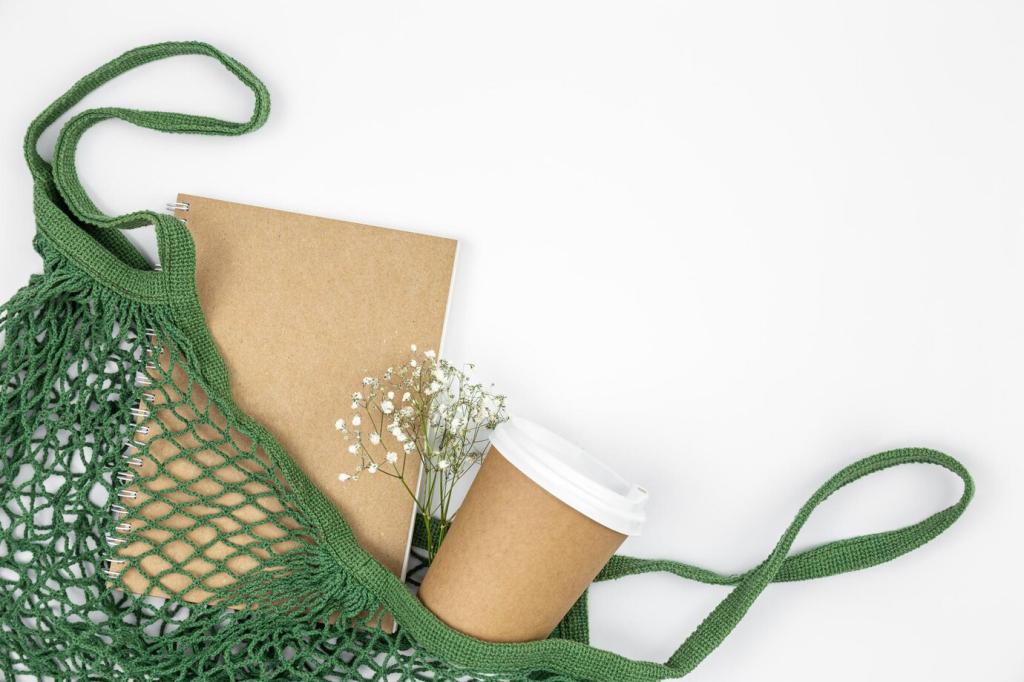Why Emerging Zero Waste Brands Matter Now
Emerging zero waste brands challenge a throwaway culture by designing products that circulate again and again. From refill stations to take-back programs, they turn daily routines into simple, repeatable loops that steadily displace disposables.
Why Emerging Zero Waste Brands Matter Now
Smaller teams move fast, test ideas in real neighborhoods, and listen closely. When a refill pilot fails, they iterate within days, not quarters, keeping the mission intact while adapting to what communities actually need.


